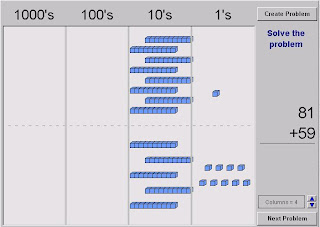Universal Design and Classrooms for the Future
Universal Design for Learning (UDL) is an approach to instruction that utilizes multiple methods of presenation, engagement and expression to help students overcome learning barriers. Technology is maximized in a UDL model. Technology provides the venue for increased engagement. It allows for multiple methods of presentation and expression. UDL takes advantage of the technology in the room .... available to all learners e.g. interactive white boards, common software such as Inspiration, podcasts/podcasting, etc.... I am struck by how closely this mirrors the goals for the Classrooms for the Future (CFF) grant initiative. CFF is less about the technology than it is about critical thinking, collaboration, and engagement in learning. However, I think training in UDL could help teachers better understand the purpose of the CFF goals. UDL has the potential to deepen teachers thinking about how to create a learning environment that helps students overcome learning challenges. Technology has...

